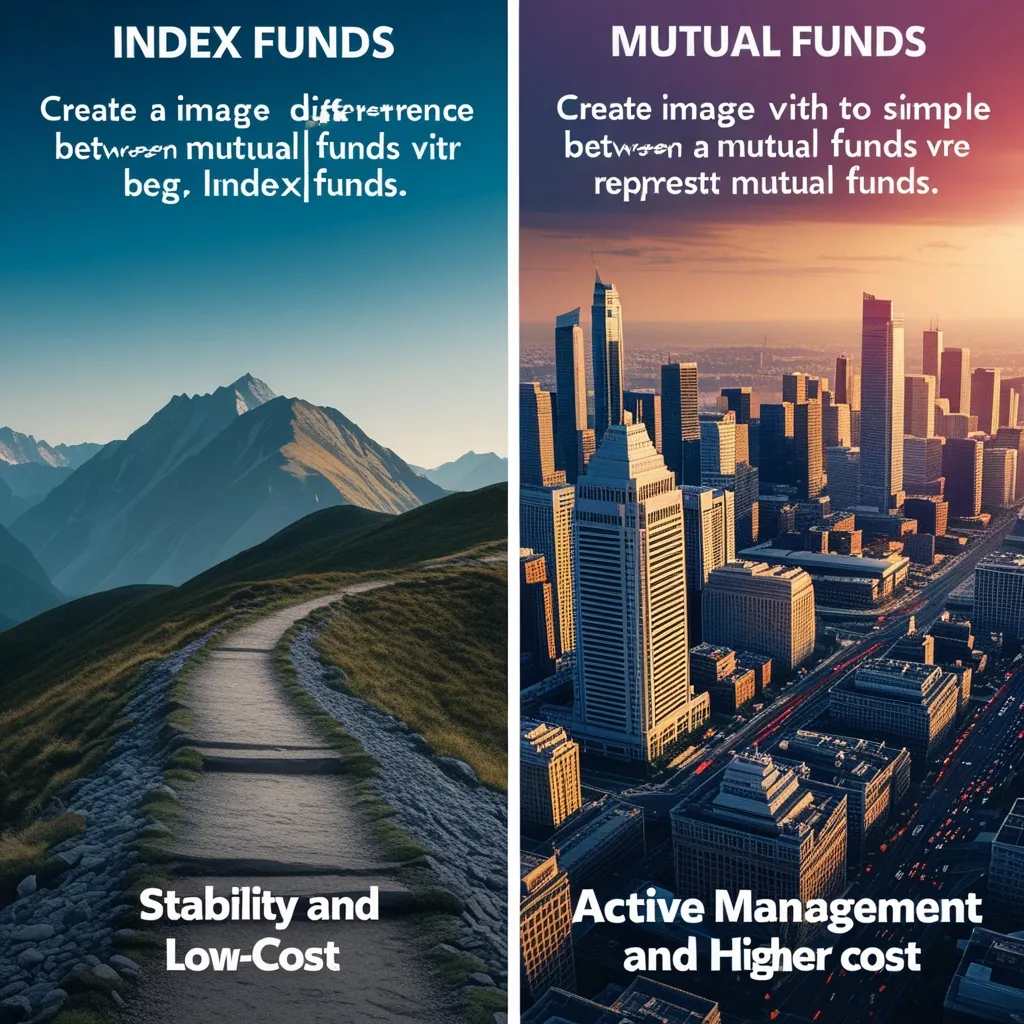Creating a solid investment portfolio is a major step in securing your financial future. And guess what? One of the best ways to do this is by mastering the art of diversification. Think of it like this: you don’t want to put all your eggs in one basket. If one basket tips over, you still have eggs safely nestled in other baskets. In investment terms, this means spreading your money across different asset classes, sectors, and even geographies so that if one part of your portfolio is tanking, other parts might be rising or holding steady, balancing things out.
Understanding Diversification
So, why bother with diversification? It’s all about managing risk. Investing everything in one stock or type of asset is risky. If that single investment flops, you’re out of luck. Diversifying your investments helps spread out the risk. Say, one stock crashes, others in different sectors may still be performing well, helping to cushion the blow.
Clarifying Your Investment Objectives
Before diving into investment choices, it’s super important to clarify why you’re investing in the first place. Are you setting aside money for retirement, saving up for a house, or maybe thinking about your kid’s college fund? Knowing this helps set your time frame and risk tolerance. A long-term goal, like retirement, might let you ride out stock market waves, while a short-term goal may have you leaning towards safer, more liquid investments like high-yield savings accounts.
Establishing Asset Allocation
Once you’re clear on your goals, the next step is asset allocation. This is just a fancy term for dividing your money among different types of investments—such as stocks, bonds, and cash. How you split it up depends largely on your risk tolerance and how long you plan to invest. For instance, younger investors with a long road ahead might lean heavily towards stocks, whereas those closer to retirement may prefer safer bets like bonds and cash.
The classic “60/40 rule” is a good starting point—60% in stocks and 40% in bonds. But this can change based on your personal situation. Younger folks might go heavier on stocks, while those nearing retirement could dial up the bond allocation.
Selecting Asset Classes
Diversifying within asset classes is also key. Take stocks, for example—you wouldn’t want to put all your money into tech stocks, no matter how hot they are. Instead, mix it up with large-cap, small-cap, dividend, growth, and value stocks spread across different sectors like tech, healthcare, and energy. For bonds, variety is also essential. Think about a mix of government bonds, corporate bonds, and municipal bonds with various maturities and credit qualities.
Choosing Investments Wisely
Your asset allocation is set, now comes the fun part: picking the actual investments. Exchange-Traded Funds (ETFs) and mutual funds are awesome for getting diversified exposure without the hassle of researching individual stocks or bonds. For example, an S&P 500 index fund gives you a piece of 500 top U.S. companies, instantly diversifying your portfolio.
The Role of Index Funds
Index funds are particularly handy for diversification. They track a specific market index and offer broad exposure with low fees. It’s a “set it and forget it” approach that’s perfect for passive investors who don’t have the time or expertise to pick individual stocks. By spreading your investments across an entire market, you reduce the risk tied to any one company or sector.
Including Alternative Investments
Beyond stocks and bonds, there are alternative investments to consider like real estate, commodities (think gold or silver), and even cryptocurrencies. But fair warning—some of these, like real estate, can be closely tied to the stock market, meaning they may not provide as much diversification benefit as you’d hope.
Regular Portfolio Rebalancing
Remember, diversification isn’t a one-and-done thing. You’ve got to keep an eye on your portfolio and rebalance from time to time. As different investments perform over the years, your asset allocation can get out of whack. If your stocks have done particularly well, you might find them taking up a bigger chunk of your portfolio than you planned. Rebalancing means selling some of the “winners” and buying more of the “losers” to get back to your target allocation.
Avoiding Overexposure
It’s tempting to put all your money into the latest hot sector, like tech when it’s booming. But that’s risky. If that sector tumbles, your entire portfolio takes a hit. Instead, spread your investments across multiple sectors and asset classes to keep things balanced.
Leveraging Robo-Advisors
Not into managing your investments yourself? Robo-advisors could be your new best friend. These automated platforms create a diversified portfolio based on your risk tolerance and goals, handling everything from investing to rebalancing with minimal effort on your part.
Example of a Diversified Portfolio
To make this all a bit more concrete, imagine your portfolio looks like this:
-
60% Stocks:
- 20% Large-cap U.S. stocks through an S&P 500 index fund
- 10% Small-cap U.S. stocks
- 10% International developed market stocks
- 10% Emerging market stocks
- 10% Sector-specific stocks (like tech or healthcare)
-
30% Bonds:
- 15% U.S. Treasury bonds
- 10% Corporate bonds
- 5% Municipal bonds
-
10% Alternatives:
- 5% Real estate (through REITs)
- 5% Commodities like gold
This setup ensures your investments span different asset classes, sectors, and regions, balancing risk and return.
Conclusion
Creating a diversified portfolio isn’t just about scattering your money around. It’s about building a resilient, balanced mix of investments that can weather market ups and downs. By understanding your goals, figuring out a solid asset allocation, choosing a variety of investments, and regularly rebalancing, you’re well on your way to a sturdy financial future. Whether you’re managing your investments yourself or using robo-advisors and index funds, the key is to stay diversified in a way that suits your financial goals and risk tolerance.






